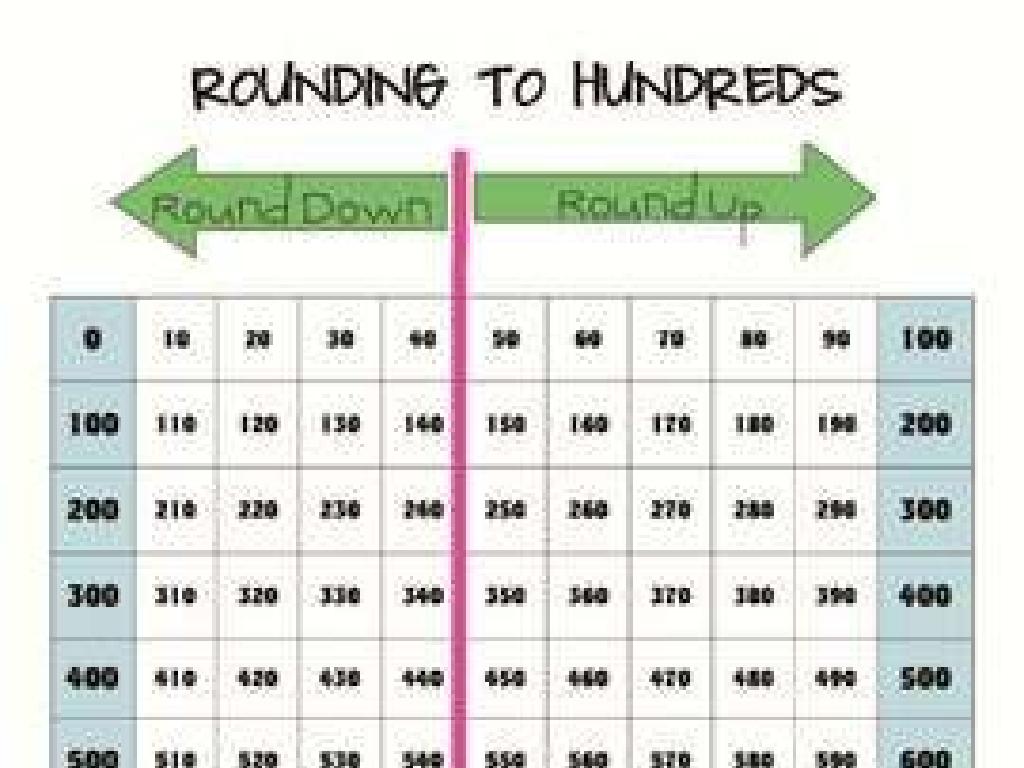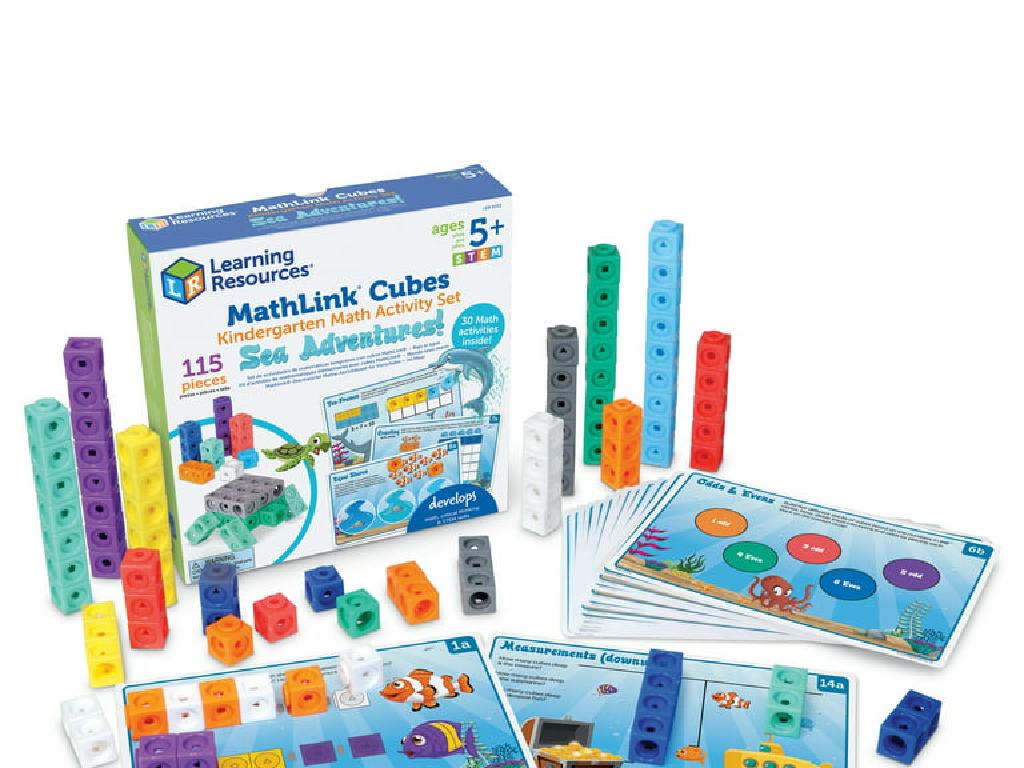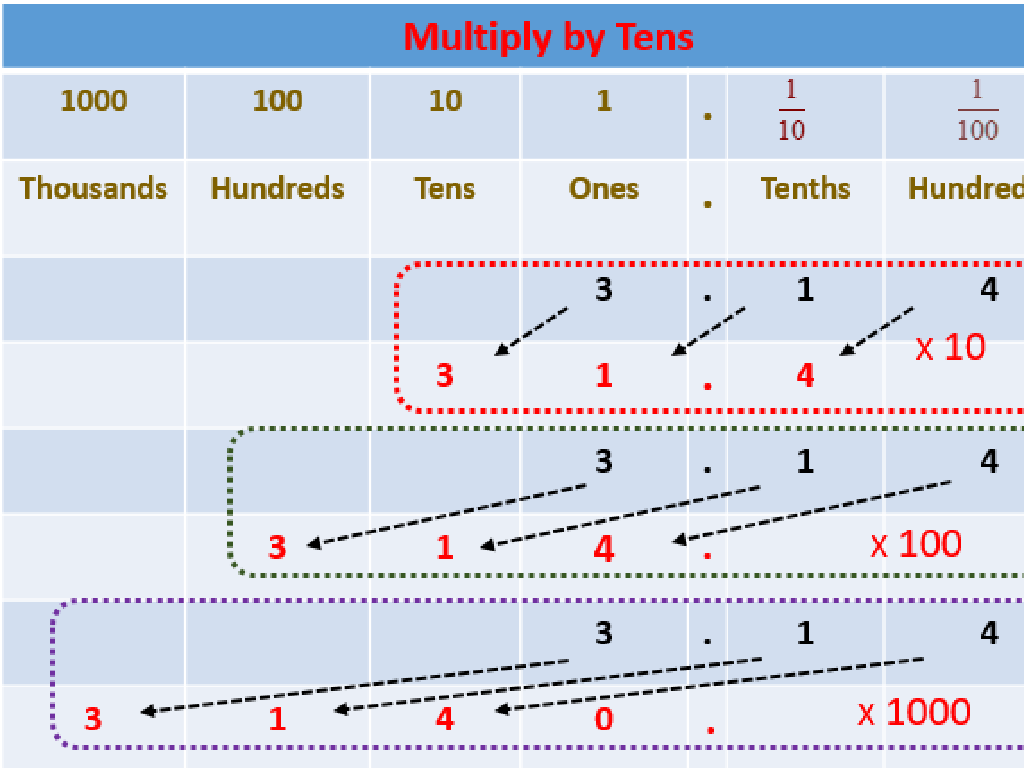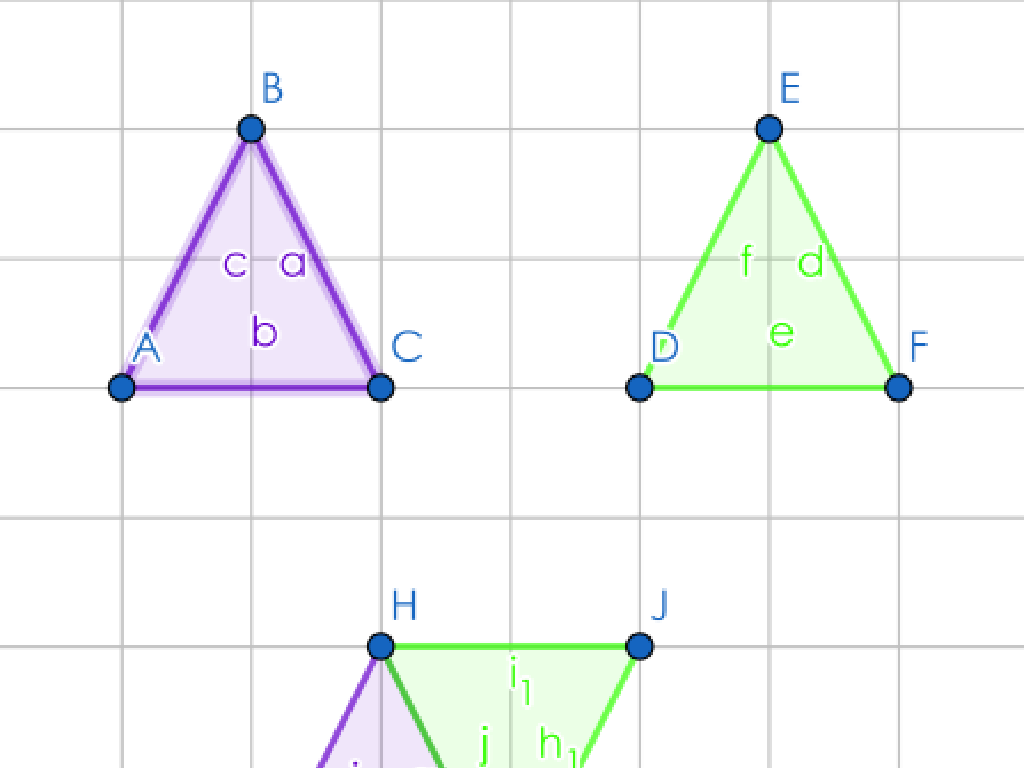Match Analog And Digital Clocks
Subject: Math
Grade: Second grade
Topic: Time
Please LOG IN to download the presentation. Access is available to registered users only.
View More Content
Introduction to Time: Analog and Digital Clocks
– Learn about seconds, minutes, hours
– Units of time that we use every day
– Discuss the importance of time
– Time helps us organize the day, like knowing when school starts
– Explore analog clocks
– Clocks with hands that move around a circle
– Discover digital clocks
– Clocks with numbers that show the time
|
This slide introduces the concept of time to second graders, starting with the basic units of time: seconds, minutes, and hours. Emphasize the significance of time in everyday life, such as keeping a schedule for school, meals, and play. Introduce analog clocks by showing them a clock face and explaining the movement of the hour and minute hands. Then, introduce digital clocks by showing how time is displayed numerically. Activities can include matching times shown on an analog clock to a digital display, and vice versa. Encourage students to share how they tell time at home and why they think it’s important.
Understanding Analog Clocks
– Parts of an Analog Clock
– Clock face, numbers, and hands are key parts
– Hour and Minute Hands
– Short hand is the hour, long hand is the minute
– Reading Time on Clocks
– Look where the hands point to tell the time
– Practice Matching Times
|
This slide introduces students to the basics of reading an analog clock. Start by explaining the parts of a clock: the face is the front surface with numbers, the numbers indicate hours, and the hands point to the time. The hour hand is shorter and indicates the hour, while the minute hand is longer and points to the minutes. Teach students how to read the time by looking at the position of the hands. For example, if the hour hand is on 3 and the minute hand is on 12, it is 3 o’clock. Encourage students to practice by drawing the hands on a clock face to match specific times, and provide real-life examples of analog clocks they might see in their daily lives. This practical activity will help solidify their understanding of how to read analog clocks.
Understanding Digital Clocks
– What is a Digital Clock?
– Reading time on Digital Clocks
– Hours and minutes are shown by numbers
– Analog vs. Digital Clocks
– Notice the differences and similarities
– Practice matching times
– We’ll match times on both types of clocks
|
This slide introduces students to digital clocks and contrasts them with analog clocks. Begin by explaining that a digital clock shows time with numbers on a screen. Teach students how to read the hour and minute from a digital display. Then, compare the digital clock to an analog clock, highlighting how both show the same time in different ways. Use examples like 3:00 (analog) and 15:00 (digital) to illustrate the concept. For the activity, provide various times on digital clocks and have students draw the hands on blank analog clock faces to match. This will help them understand the relationship between the two formats and reinforce their time-telling skills.
Matching Time: Analog and Digital Clocks
– Learn to match analog and digital times
– See examples of matching clocks
– Example: 3:00 on an analog clock shows the hour hand at 3 and the minute hand at 12
– Practice matching with examples
– Use provided clocks to match times
– Group activity: Match clocks together
– Work in groups to find pairs of matching analog and digital times
|
This slide is aimed at teaching second-grade students how to match times on analog and digital clocks. Start by explaining the difference between the two types of clocks and how to read them. Show visual examples of clocks with the same time in both formats. For practice, provide students with a set of analog and digital clock images to match as a class activity. Encourage collaboration and discussion among students as they work in groups. As a teacher, walk around to assist and ensure that each student understands the concept. Possible activities include matching games, timed challenges, or creating their own analog and digital clock pairs.
Clock Matching Game
– Pair up for a matching game
– Match analog clocks to digital
– Find the same time on both types of clocks
– Discuss your matches together
– Why did you think they were a match?
– Share findings with the class
|
This interactive class activity is designed to help students understand the relationship between analog and digital clocks. Have the students work in pairs to foster collaboration. Provide sets of analog and digital clock cards with different times. Students will match the analog clock cards to their digital counterparts. After matching, they should discuss with their partner why they think the clocks match, reinforcing their understanding of reading time. Once all pairs have completed the activity, ask some pairs to share their matches with the class to ensure comprehension and correct any misunderstandings. Possible variations of the activity could include matching specific times called out by the teacher, or having a timed challenge to see which pair can make the most correct matches.
Time Mastery: Wrapping Up
– Why telling time is key
– Review analog and digital clocks
– Ensure understanding of both clock types
– Homework: Draw clock hands
– Match given digital times on an analog clock
– Share your clocks next class!
|
As we conclude today’s lesson, emphasize the importance of being able to tell time in everyday life, such as knowing when to go to school or when it’s lunchtime. Review the key differences and similarities between analog and digital clocks, ensuring students can match times between them. For homework, students will practice by drawing the hour and minute hands on an analog clock to match specific digital times provided. This will reinforce their understanding and help them visualize the time. In the next class, students will have the opportunity to share their work and discuss any challenges they faced. This activity will not only solidify their learning but also encourage peer learning and support.






